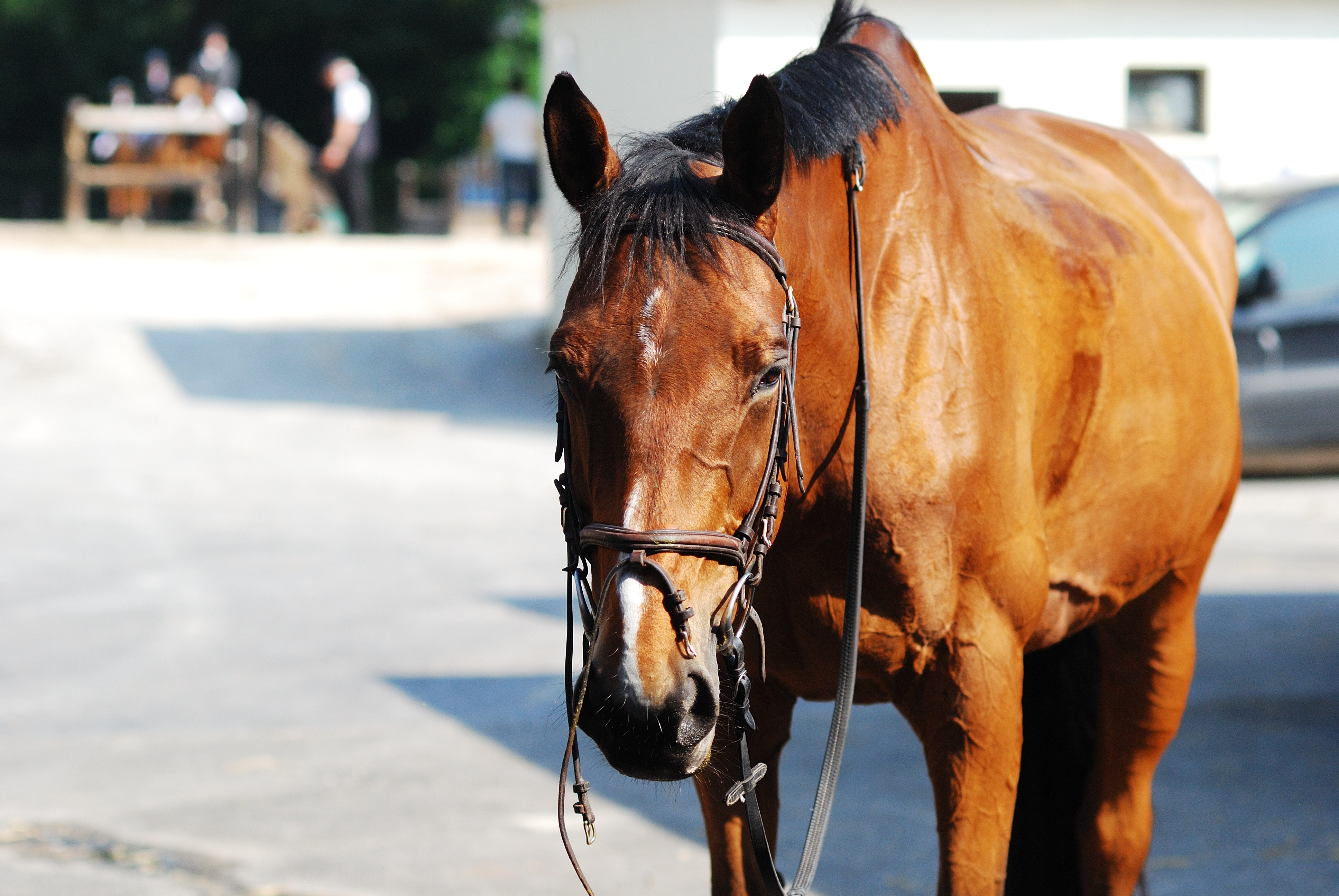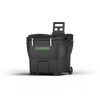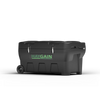The Physiology of Recovery
During exercise the body changes its physiology and metabolism significantly. Whilst this can happen in a matter of minutes it can be hours, days and even weeks for different body systems to recover and recovery will be different for endurance compared with sprint type exercise. Dr David Marlin tells us more

Dr David Marlin
Equine Scientist, 07/07/2020

As a rough guide, it may take the lungs 1-2 days to recover, 2-3 days for the GI tract and muscle and liver energy stores to recover, 5-7 days for electrolyte balance and stores to recover, 7-10 days for muscles to repair, up to 2 weeks for the immune system to recover and 3-4 weeks for bone, tendon and joints to recover (assuming no actual injury). This raises an interesting question – if it takes days or weeks for full recovery, what happens when we are training daily or at a competition where we compete over 2-3 days? Well the simple answer is that we only get partial recovery and our horses are in a constant state of trying to recover. This is why it can be extremely rewarding to use recovery weeks in training where you reduce the horses workload by say half every 3 weeks. This allows a greater degree of recovery to take place.
Discipline Specific Recovery
As a general rule, the harder/more intense and/or longer the exercise, the longer the recovery period needed. For example, an endurance horse would likely need at least a month to recover from a race whereas a showjumper could easily compete again the next day. That isn’t to say that a showjumper would always be able to perform the same over consecutive days of competition. The main problems with competing over several consecutive days are decreased muscle energy stores and accumulating muscle damage. A small amount of muscle damage happens whenever a horse exercises. This is normal but it can lead to muscle soreness and decreased muscle strength. In healthy horses without a muscle problem such as tying-up, it likely that muscle energy stores are the biggest limiting factor in performance. The main energy source that horses use in any discipline is glycogen.
Glycogen is simply lots of glucose molecules linked together in chains. Glucose on its own can move in and out of muscle cells but when its linked up in chains it can’t. This keeps it in the muscle where it is needed. Plants store glucose in the same way although the structure is slightly different and we call it starch. With disciplines where there are multiple days of competing such as dressage, showjumping and eventing, it’s essential to try and preserve muscle glycogen by avoiding unnecessary exercise or riding styles that are very costly on days 1 or 2. This is because muscle glycogen restores very slowly and low muscle glycogen leads to reduced performance.
Optimising Recovery
Perhaps surprisingly, one of the best things you can do to ensure as fast a recovery as possible is to ensure horses start as hydrated as possible with maximised energy stores and good electrolyte balance. For electrolyte balance, feeding a complete and balanced electrolyte supplement daily according the time of year and the overall level of work (e.g. light, medium, hard, competing) rather than just for a few days before competing will reduce the risk of any deficiency or imbalance. Tapering before competition is another extremely beneficial technique used extensively in human sport but rarely in equestrian. Tapering simply involves gradually reducing the duration of exercise/training each day over 7 days but maintaining the intensity. This maximises muscle energy stores and increases muscle strength. Cooling down quickly after competing, allowing unrestricted access to water immediately on completion of exercise and providing forage and then hard feed as soon as possible are also important.
The other essential component of recovery that is sometimes overlooked is undisturbed rest, especially after intense exercise (e.g. cross-country in a three-day competition) or after each day in multi-day competition. Horses can only achieve proper rest-full sleep (REM sleep) when lying down and generally only lay down when undisturbed. So resist the urge to go into the stable every hour unless you have a good reason.
Top Tips
• Its vital to keep the horse eating forage at home and when away competing to ensure healthy GI function and to reduce the risk of colic
• Hydration influences energy recovery – provide water immediately on finishing competing
• Allow access to water and forage right up until starting exercise – forage in the stomach will reduce the degree of acid-splash which is a factor in squamous gastric ulcers
• Allow horses undisturbed rest
• If you have a horse prone to injury or periods of reduced performance, consider using recovery weeks
• Investigate using tapering if you compete at multiple day events
• Feed electrolytes on a daily basis
• Allow sufficient time for horses to fully recover between competitions





















